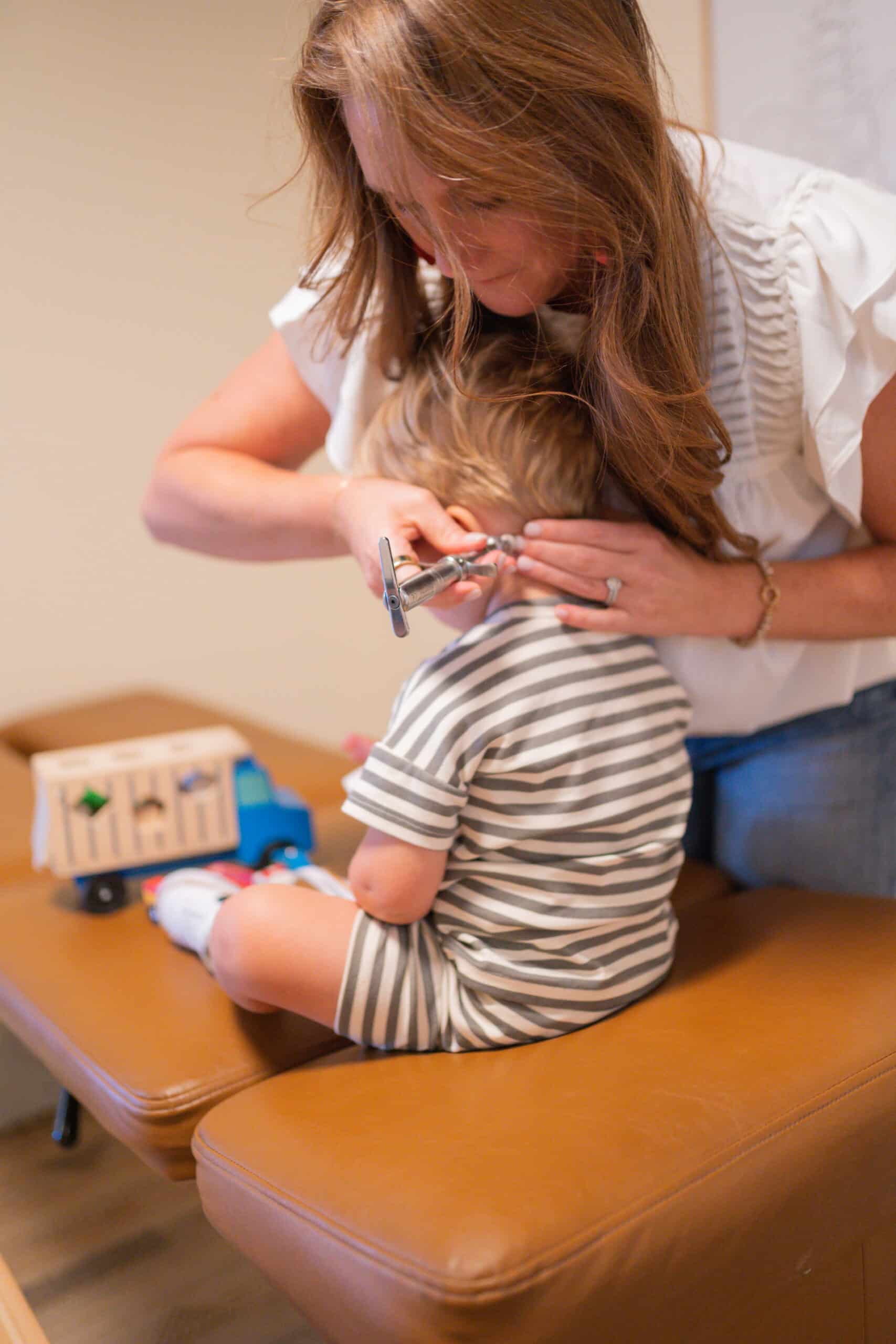Understanding Your Child’s Gross Motor Development
Introduction to Developmental Milestones
Child development follows a complex yet organized pattern, with gross motor skills forming the foundation for later development. These skills involve the large muscles used for movements like rolling over, crawling, and walking. While pediatricians track these milestones during well-baby visits, understanding the underlying mechanisms can help parents better support their child’s development.
Understanding Neural Balance
The nervous system operates through two primary branches working in tandem. The sympathetic system controls “fight or flight” responses, while the parasympathetic system manages relaxation and recovery processes. When these systems fall out of balance, particularly when the sympathetic system becomes overactive, it can significantly impact muscle tone and motor development.
Common Developmental Concerns
Muscle Tone Issues
Muscle tone problems can manifest in various ways throughout development. Some children experience hypertonicity, characterized by increased muscle tension, while others display hypotonicity, marked by decreased muscle tone. It’s crucial to understand that low muscle tone in the limbs and core often correlates with excessive tension in the spinal and brain stem regions, highlighting the interconnected nature of the nervous system.
Sequential Development
Motor development progresses through specific stages in a predetermined sequence. The process begins with gross motor skills involving large muscle movements, followed by core strength development. Only after these foundational elements are established can fine motor skills emerge effectively. This physical progression then supports advanced neurological development, including speech, social skills, and emotional regulation. This sequence must proceed in order for optimal development to occur.
Factors Affecting Motor Development
Early Life Influences
Multiple factors can impact early motor development, including pregnancy-related stress, birth interventions, physical trauma, and various environmental factors. Each of these elements can influence how a child’s motor skills develop and progress over time.
Signs of Potential Issues
Parents should remain attentive to potential indicators of developmental concerns. These may include difficulty with tummy time, delayed rolling or crawling, asymmetrical movement patterns, persistent fussiness, sleep difficulties, and feeding challenges. Recognition of these signs enables earlier intervention and support.
Understanding the intricate connection between the nervous system and motor development proves crucial for supporting children’s growth and development. When concerns arise, a comprehensive approach that includes professional evaluation and appropriate intervention can help ensure optimal developmental outcomes. Regular monitoring and early intervention, when needed, provide the best foundation for children to reach their full developmental potential. Through careful attention and appropriate support, parents and healthcare providers can work together to foster healthy development and enable children to thrive.
©Freedom Chiropractic | Terms and Conditions | Privacy Policy | Copy & Website by Liberty Type
©Freedom Chiropractic | Terms | Privacy
Copy & Website by Liberty Type





